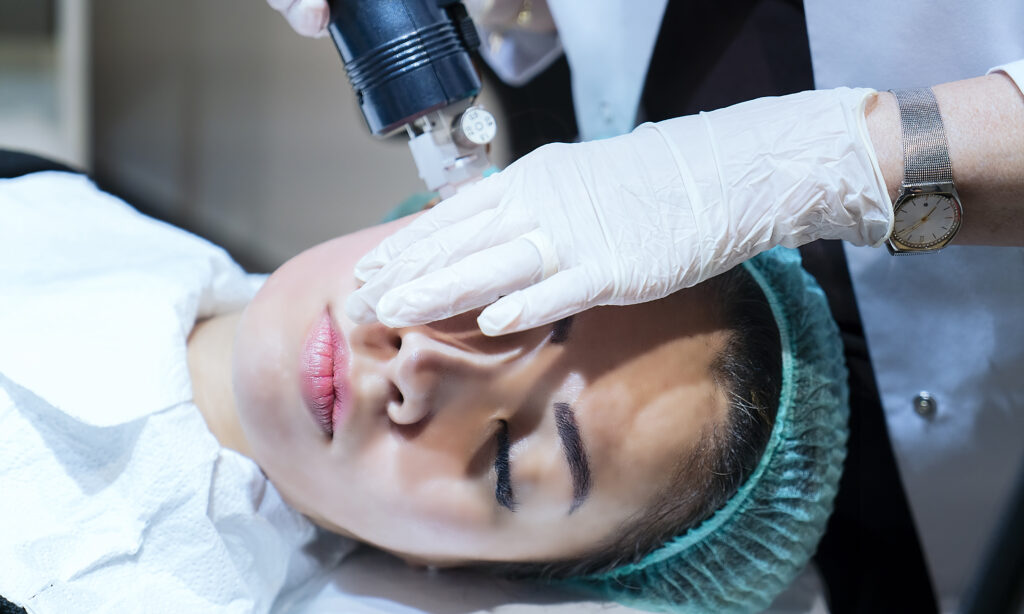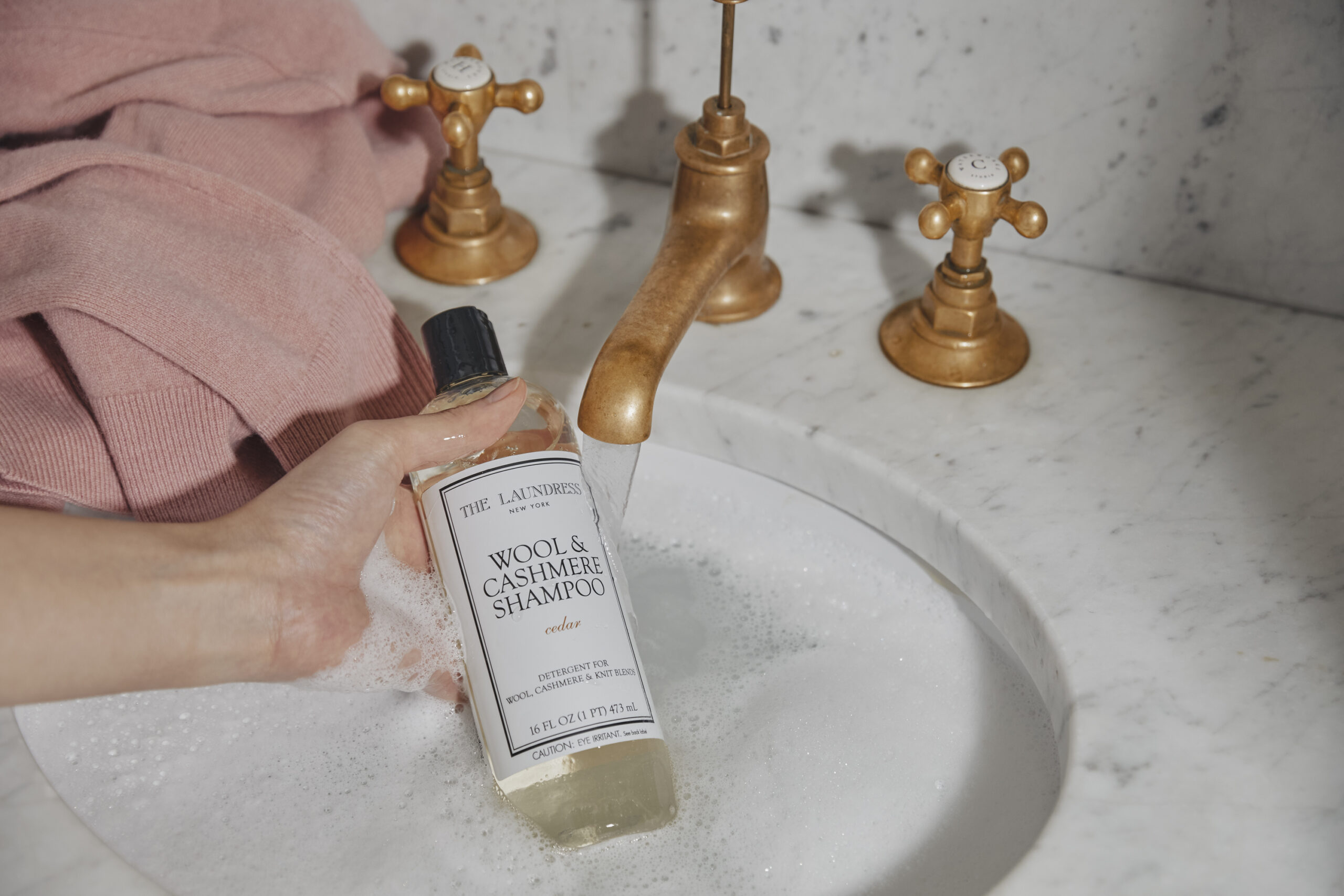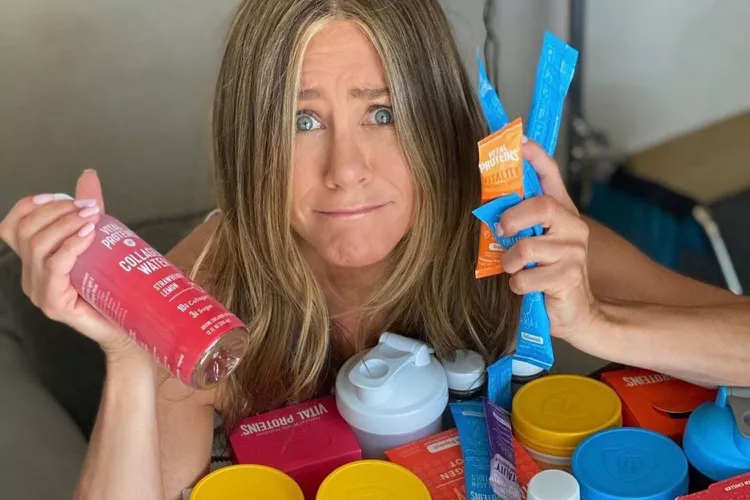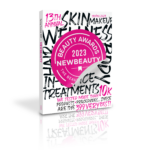Vampire facials have long been one of the buzziest facial treatments on social media, with influencers and even celebrities like Kim Kardashian toting the benefits of the blood-based treatment. Not only do users love it, the vampire facial has also long been backed by dermatologists and skin-care experts as one of the best anti-aging facials on the market.
As with any cosmetic treatment though, technique is everything. While most users will do research and vetting before undergoing procedures like fillers or neurotoxins, less work is often done verifying your facialist. A new report that links a small number of HIV cases with vampire facials, though, has sparked a need for more vigilance in the world of facial treatments.
Vampire Facials and HIV: The Small But Significant Risk
Any sort of treatment that involves extracting blood or using needles tends to come with the risk of HIV and other blood-related infections, but a recent article from the Infectious Disease Special Edition journal revealed that the risk for HIV infection from vampire facials may be higher than once thought.
For those who don’t know, the term “vampire facial” (the colloquial term for platelet-rich plasma microneedling) refers to the process of taking a blood sample and centrifuging it to separate its assets before injecting the plasma-rich platelets into the patient’s face. Recently, epidemiologist with the CDC’s Division of HIV Prevention Dr. Anna Behar, PhD, MHD discovered a small batch of HIV cases related to vampire facials in New Mexico after one client who had undergone a vampire facial tested positive for HIV with no other known risk factors or exposures.
“At the start, the investigation team discovered that the spa owner was operating without the appropriate licenses, which prompted an unscheduled inspection of the spa in the fall of 2018,” Dr. Behar began in a press briefing for the outbreak. “The inspection revealed a wide scope of contamination and infection-control violations that indicated the potential of transmission of multiple blood-borne pathogens through multiple sources including storage of unlabeled tubes of blood on the kitchen counter.” The investigation also found no complete client list or scheduling system, meaning that missing client information was also at work.
In total, five individuals were identified as testing positive for HIV after undergoing vampire facials at the New Mexico spa, but one was the sexual partner of one of the facial clients, and one other noted other possible risk factors that could have led to the HIV diagnosis, leaving three cases almost definitely caused by the facials themselves. “The other three patients in this cluster had no known social contact with one another, and no specific mechanism for transmission among these patients was confirmed,” the CDC said. “Evidence suggests that contamination from an undetermined source at the spa during spring and summer 2018 resulted in HIV-1 transmission to these three patients.”
In the years that followed the 2018 discovery, public health officials reached out to individuals in the New Mexico community who may have been impacted by the malpractice and found four additional cases from clients who received vampire facials at the spa, finding afterwards that “highly similar HIV strains among all cases indicating vampire facials is the likely transmission route of HIV for three cases in this cluster.”
While this outbreak is the first known example of HIV transmission through “cosmetic injection services in a spa setting,” the cases demonstrate the increased need for adequate aesthetician licensing, proper infection-control practices and the upkeep of rigorous client information practices.

















